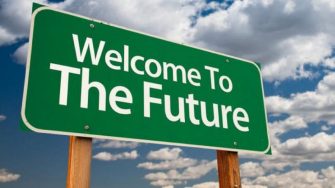Using scenarios to overcome blind spots when strategising for social innovation
Dr Trudi Lang is Senior Fellow in Management Practice at the Saïd Business School, University of Oxford and a core faculty member of the Oxford Scenarios Programme and co-director of the Oxford Collaborative Strategy Lab.

